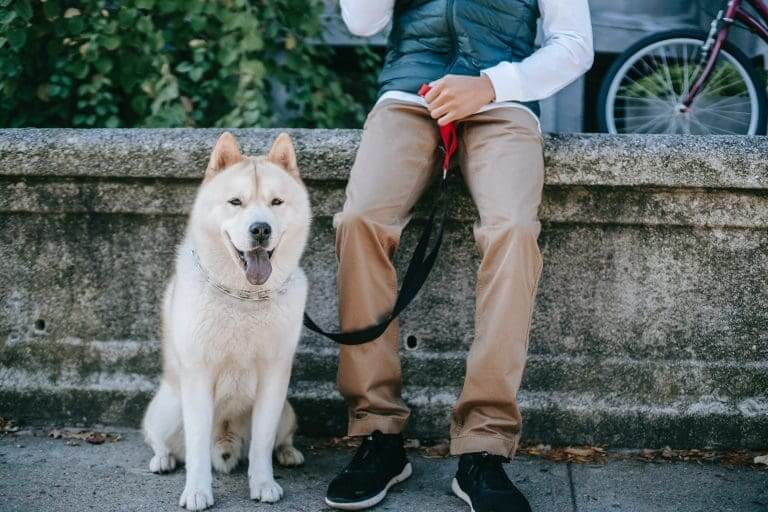What Does Catnip Do To Dogs?
Post Date:
December 10, 2024
(Date Last Modified: December 10, 2024)
Catnip, known scientifically as Nepeta cataria, is a member of the mint family primarily associated with felines. While it can induce playful behavior in cats, its effects on dogs are less well-known. Many dog owners may have questions about the safety and benefits of catnip for their canine friends.
Catnip’s Calming Properties
For dogs, catnip tends to serve as a calming agent rather than a stimulant. While some dogs may show mild curiosity, they generally do not experience the euphoric high that many cats do. Instead, catnip can help alleviate anxiety and promote relaxation, making it particularly beneficial during stressful situations like thunderstorms or vet visits. Owners often notice their dogs becoming more laid-back after exposure to catnip.
Moderation is Key
When considering catnip for your dog, moderation is crucial. Though generally safe, excessive amounts can lead to gastrointestinal upset. A small sprinkle of dried catnip on a bed or a few leaves in a toy can be an engaging way to see how your dog responds. Monitoring your dog’s behavior will help determine if they enjoy the herb, and discontinuing use if any signs of discomfort arise is advisable.
Duration of Effects
The effects of catnip typically last about 10 to 15 minutes in dogs, similar to cats. After this brief period, dogs may lose interest for a few hours before experiencing the effects again. Patience is essential, as dogs may not engage constantly with catnip, and moderation remains important.
Forms of Catnip
Dried catnip is the most common form, easily sprinkled over toys or bedding. Sprays are also available, allowing for easy application to various items. Some pet stores offer catnip-infused dog treats, providing a tasty option for dogs to experience the calming benefits while enjoying a snack.
Potential Health Benefits
In addition to its calming effects, catnip may offer some potential health benefits for dogs, such as aiding digestion and acting as a mild diuretic. Some pet owners report fewer digestive issues in dogs exposed to catnip, possibly due to the herb’s ability to relax stomach muscles. However, more research is needed to fully understand these effects.
Individual Reactions
It’s important to recognize that not all dogs will respond to catnip in the same way. Certain breeds known for their playful and curious nature may show more interest, while individual preferences can vary widely. Observing your dog’s reactions will help determine if catnip is something they enjoy or ignore.
Safe Herb Practices
While catnip is generally safe, not all herbs are appropriate for dogs. Always ensure that any new herb or plant introduced is non-toxic. Consulting with a veterinarian can clarify which herbs are suitable for your dog’s specific needs.
A Fun Experiment
Incorporating catnip into your dog’s routine can offer a new sensory experience and promote relaxation. Understanding your dog’s personality and preferences is essential, as some may thrive with catnip while others show little interest. Regardless of their reaction, ensuring your dog’s comfort and safety always takes precedence.
Finding natural ways to enhance your dog’s well-being is important. Whether through play, diet, or relaxation techniques, every small effort contributes to their happiness. Catnip may be an interesting option, especially for dogs dealing with anxiety or stress, offering a potential avenue to help them unwind and better enjoy their surroundings.
Catnip can provide relaxation and reduce anxiety for some dogs, even if its effects are less pronounced than in cats. Observing behavior and consulting with a veterinarian ensures a safe experience while exploring the benefits of catnip for canine companions. Understanding catnip’s impact on dogs can open new possibilities for improving their quality of life.





